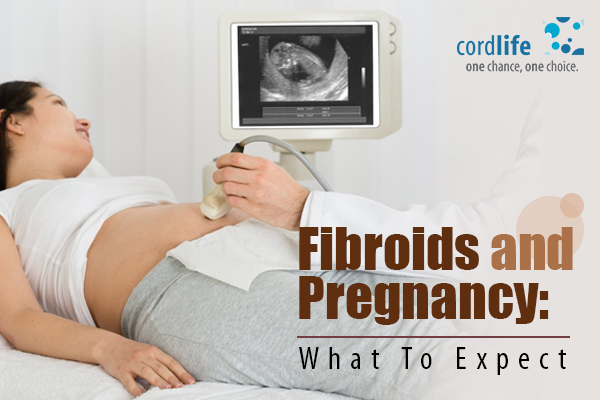Table of Contents
Fibroids, also known as myomas, leiomyomas, or fibromas, are non-cancerous growths that may occur within the uterine muscle tissue, in the inner lining of the uterus, or on the outside of the uterus. About 40% to 80% of you during your childbearing years have the symptoms of fibroids in pregnancy, which may grow in a cluster or as a single tumour. As far as the size of the fibroids is concerned, they can range from being as small as a pea, to being as large as a grapefruit.
Some of them may be large and they have the tendency to enlarge your stomach. Uterine fibroids can cause a lot of pressure on the bladder, giving rise to frequent urination. Undoubtedly, your lifestyle choices, weight, age, and family history are all responsible for causing fibroids.
What Causes Fibroids In Pregnancy?
The real reason behind fibroids and pregnancy is still not known. However, you are more susceptible to fibroid growth while you are pregnant when genetics and pregnancy hormones – oestrogen and progesterone play a big role. In fact, when the pregnancy hormones are soaring, the fibroids grow rapidly with the progression of pregnancy.
What Are The Symptoms of Uterine Fibroids During Pregnancy?
Fibroids are not always accompanied by symptoms. Well! During pregnancy, you might be undergoing several physical and emotional challenges. If you suffer from fibroids during your pregnancy, some of the typical symptoms of uterine fibroids in pregnancy may include:
- Severe cramps, which are almost like menstrual cramps
- Pain as well as tension in the stomach
- Feeling of constipation
- Increased and frequent urination
Can Fibroids Affect Pregnancy?
Most of you suffering from fibroids while you are expecting your baby in your womb, may enjoy a normal pregnancy and deliver a healthy baby. As a result of fibroids in your womb, some of you may develop certain problems in your baby’s development. You might even experience labour complications, which are as follows:
- Loss of pregnancy or miscarriage
- Premature rupture of foetal membranes (PROM)
- Preterm labour and delivery
- If the fibroids take up a lot of space in your womb, your baby may take the breech position
- Placental abruption
- Haemorrhage which usually occurs in the first trimester
Degeneration of fibroids is a common method, where the fibroids grow enormously thus giving rise to a low supply of blood, oxygen as well as nutrient.
Moreover, as a result of the size, and position of fibroids in pregnancy, the labour can get delayed or may not progress. For instance, if you have a fibroid in the lower part of the uterus cervix ripening can be difficult.
What Are the Ways To Treat Fibroids?
When you visit the doctor, during your pregnancy, your doctor will take you through a few ultrasound scans and blood tests. Based on these scans and test reports, your doctor may suggest some natural and medical treatment methods for fibroids.
In this case, your healthcare provider might suggest you take bed rest, drink more water as well as take mild pain–relief medicines.
However, there are certain fibroid removal methods of surgery like Myomectomy, uterine fibroid embolization, and Hysterectomy – also available. While after the first method of fibroid removal, there are chances that you can try another baby, the doctor may use the last one (Hysterectomy), if you do not want a second baby. Moreover, due to the risk of bleeding during pregnancy, doctors cannot use surgical methods to treat uterine fibroids in pregnancy.
Is There a Way To Prevent Fibroids?
Well! It may not be possible to prevent fibroids during pregnancy. However, maintaining a healthy weight and consuming food with nutrients in the right quantum may reduce the risk of pregnancies. To know more on pregnancy, postpartum, and the benefits of cord blood banking, follow our blog page.
